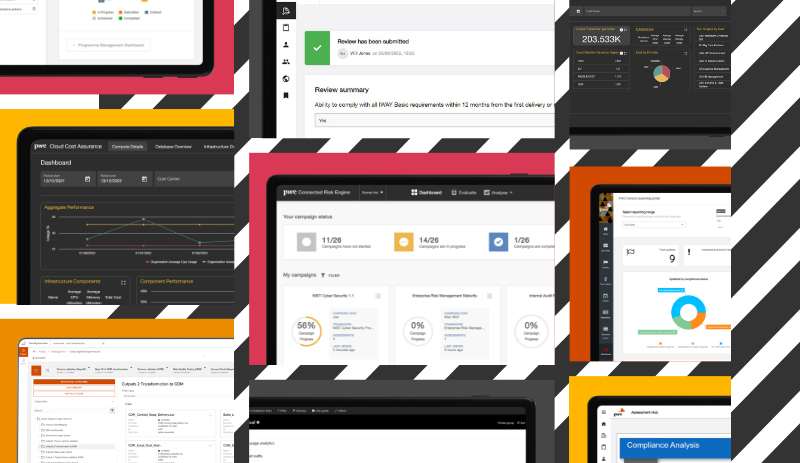Rethink cyber risk and resilience
Driven by constant disruption and ever-changing risk, tech-driven transformation is now a perpetual business-as-usual state for organisations instead of a one-time hit. Putting cyber security at the heart of this essential change and reinvention is critical to gaining trust, protecting your organisation’s reputation and building the resilience to protect and create value.
Transformation and cyber security are inextricably linked, whether you’re digitising supply chains, building cloud-based business models or developing responsible and secure ways to innovate with generative AI. Your reliance on technology – its complex interdependencies and the cyber security risk it brings – means the impact of a cyber attack can be rapid and significant.
Keeping your employees and customers safe, and protecting your organisation’s prized information and assets, means staying ahead of cyber security risk, not just responding to it.
Through our deep technical cyber security expertise and breadth of business knowledge, combined with our powerful technology alliances, we help organisations across all industries embrace this change with confidence. From strategy to delivery to incident response and recovery, we can help you stay ahead of cyber security threats to protect value and unlock new opportunities to accelerate growth.



























